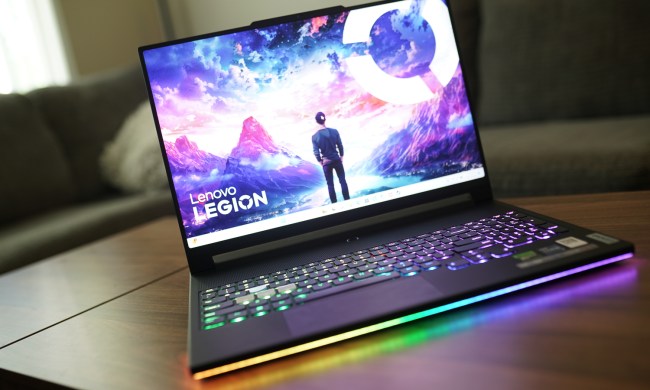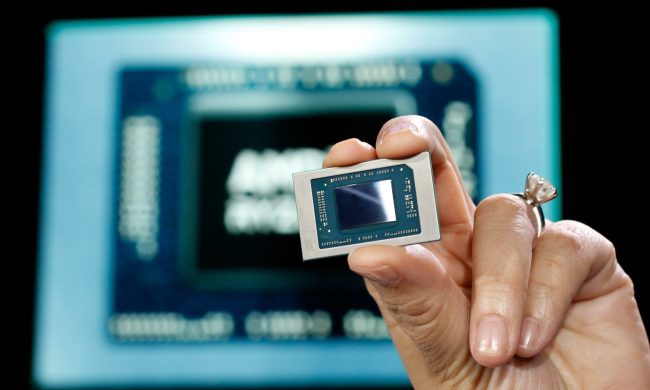The PlayStation 5 has been around for several years now, and it’s easier to find in stock than ever before. It’s also built up an incredible roster of games, including Marvel’s Spider-Man 2, Horizon Forbidden West, God of War: Ragnarök, and hundreds of cross-platform games. Toss in the fact that it’s backward compatible with PS4 titles, and you’ll have access to thousands of hours of gaming goodness on the new-gen console.
The same could also be said of PC, which is home to thousands of games and can easily be upgraded by installing new hardware instead of buying a whole new console. But if you’re interested in gaming, should you buy a PS5 or PC in 2024? We already compared the PS5 to the Xbox Series X, so now we need to see how PC fits into the mix.
There are several factors to consider, including price, performance, game library, accessories, and online services. It’s hard to go wrong with either option, but the two platforms are radically different from each other and come with their own sets of pros and cons. Here’s a closer look at PS5 and PC gaming to help you decide which is best for your needs. We’re just talking about the base PS5 unit here, not the PS5 Pro.
Price

Sony sells two versions of the PS5, one with a disc drive and one without a disc drive. The disc drive version costs $500 and the discless version costs $450. Although $50 may seem like a steep price for just a disc drive, the full PS5 includes a 4K Blu-Ray reader, which costs about $100 on its own. It’s worth noting that Sony is now selling a new version of the PS5 (known as the Slim model), that is slightly smaller than the original, but offers the same features and price points — though it does offer a bit more built-in storage space.
As for building a PC, around $500 is about the minimum you’ll pay for a current-gen graphics card, and that doesn’t factor in the cost of all of your other components.
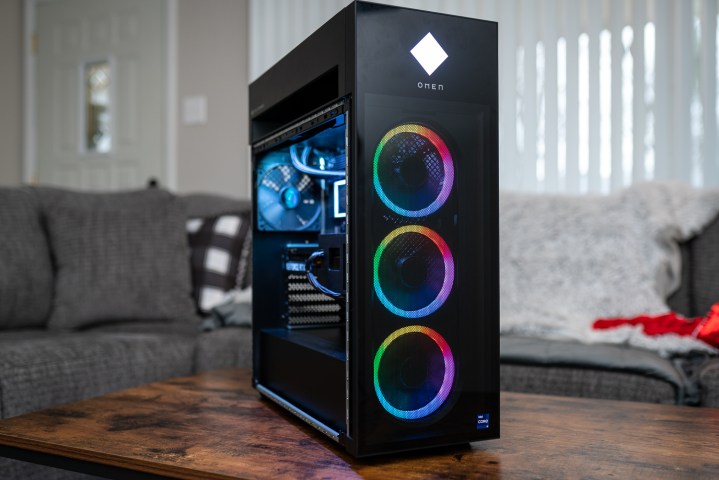
In the world of prebuilt gaming PCs, you’ll need to spend about $1,000 to get similar performance to the PS5. Bump that up to $1,200 to $1,300, and you can get a PC that exceeds the PS5.
There’s a lot of variation here, so it really comes down to what you can find and at what price. A modestly configured Lenovo Legion Tower 5i will only run about $1,100, which is considerably more expensive than a PS5. But when you factor in the ability to slowly upgrade components over time instead of dropping $500 when a new console releases in a few years, PC could pose a better value — especially if you also use it for work or school.
Performance
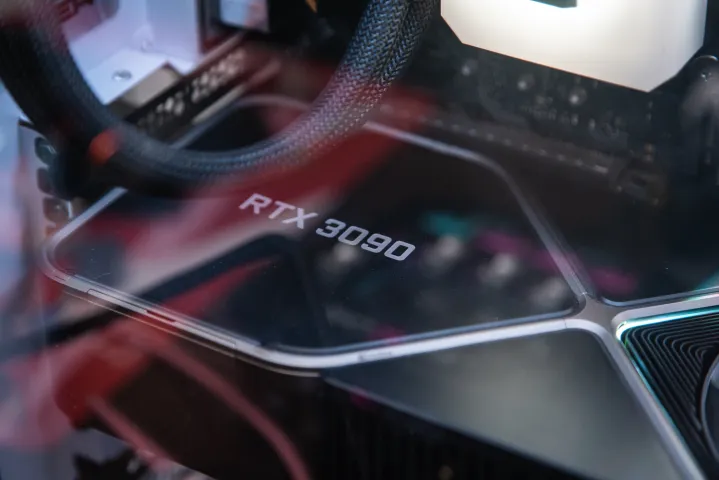
It’s tough to compare PC and the PS5 when it comes to performance. You can configure a PC however you want, so you could end up with a system that performs much better than a PS5, or much worse. However, the PS5 uses an architecture that’s available on off-the-shelf PC parts, so we can make some comparisons.
For specs, the PS5 comes with an eight-core Zen 2 CPU with an RDNA 2-based GPU that has 36 compute units (CUs). A pool of 16GB of memory is shared between the CPU and GPU as well. Although still a custom design — you can’t build a PC that exactly matches the PS5 — the console is roughly equivalent to a PC with an AMD Ryzen 7 3700X and RX 5700.
That’s respectable. Those specs make up a midrange PC from the previous generation. The major difference is that developers can optimize their games for the PS5’s hardware. That pushes performance up, as developers are able to take advantage of the closed system to better optimize games.
You mainly see that on first-party titles like Ratchet and Clank: Rift Apart and Horizon: Forbidden West, which run at consistently high frame rates or resolutions. Third-party titles may struggle, though.

There’s always a problem comparing a console to a PC when it comes to performance. A console is closed, and a PC is open. No matter how powerful a console is, the hardware inside will eventually age, and you have no option to replace or upgrade that hardware unless the designer releases a revision or a new console generation.
With PC, you always have the option of higher performance if you’re willing to spend the money. Upscaling solutions like AMD’s FidelityFX Super Resolution (FSR) also offer a way to boost your performance for free that isn’t available in PS5 games.
In addition, PC games have multiple graphics options while PS5 games generally come with a small number of performance modes (high resolution or high frame rate in most cases). There’s a lot more opportunity in PC games to tune them to achieve the performance you want, and you can’t do that tuning on the PS5.
So, which is better for performance? It’s tough to say because it comes down to the PC’s configuration. At the very least, a PC offers more bandwidth to achieve the performance you want, and it allows you to upgrade if you like. That’s not present on PS5, but it still offers a great gaming experience in 2024.
Game library

The PS5 has quickly amassed a great library of games. Blockbuster hits like Returnal, Demon’s Souls, and Ratchet & Clank: Rift Apart are all available on PS5, and the console is home to tons of exclusive adventures that can’t be played anywhere else.
That’s not to say PC is lacking when it comes to quality. Short of first-party exclusives, the vast majority of AAA games get a release on PC that lines up with the console launch. In the previous year, we’ve seen Helldivers 2, Dragon Age: The Veilguard, and Star Wars: Outlaws — to name a few. For the most part, PC gets the same big releases that PS5 does.
Some first-party Sony games are making it to PC, too. Horizon Zero Dawn and God of War are available now, as is Uncharted: Legacy of Thieves. Still, Sony continues to release its newest games on its hardware first. If you want to play the latest and greatest from Sony’s first-party studios — such as Horizon: Forbidden West or God of War: Ragnarok — you need a PS5.
On the flip side, PC isn’t subject to console war exclusivity. Deathloop is one recent example of that. It’s a console exclusive for the PS5, so you had to wait several months before it arrived on Xbox Series X. However, it released on the same date on PC. Similarly, Death’s Door is a console exclusive for Xbox that also released simultaneously on PC.

PC has a far bigger game library overall, and you’ll be able to play most games on the day they release. You don’t have access to big first-party exclusives from Sony, at least at launch. However, PC has a large library of experiences — such as grand strategy and MMO games — that aren’t possible with PS5.
Backward compatibility

In terms of backward compatibility, there’s no contest between PS5 and PC. You can play games from the last few decades on PC without too many issues, while the PS5 is limited to PS5 and PS4 games, plus a selection of PS1, PSP, PS2, and PS3 classics through PlayStation Plus Premium. If you want to play older games, PC is always the best option.
You can find a wide selection of older games on Steam and GOG, with some dating back to the 1980s when PlayStation was but a thought in Sony’s mind. We don’t want to advocate for piracy, but there are also several ways to legally dump and play retro games through emulators on PC.
You also don’t have to worry about backward compatibility with PC moving forward. Although Sony has taken steps to preserve PS4 games on PS5, it’s always possible that the next generation of consoles will drop support. Short of a few exceptions, PC games will continue to work across Windows versions and new hardware.
Digital Rights Management (DRM) and older storefronts can also pose an issue on PS5. Platforms like GOG offer games free of DRM, and developers are free to remove DRM on Steam as well. On PC, there are options to own digital copies of games so you can continue playing them even when the publisher pulls the plug. With a console like the PS5, it’s more hit-and-miss.
Controllers
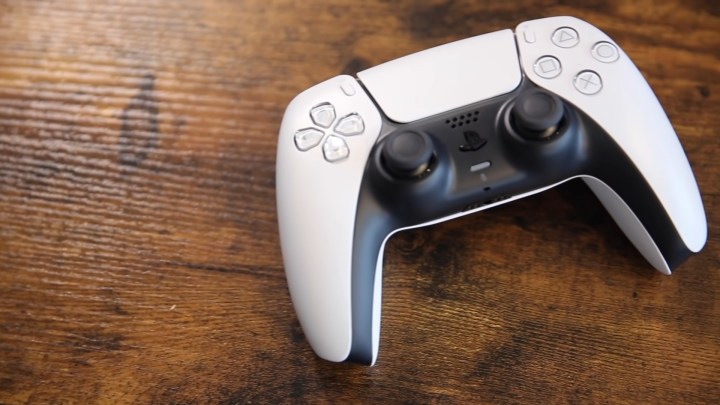
The PS5 supports many controllers, such as the DualSense controller that comes with the console, the DualShock 4 that worked on the PS4, and the DualSense Edge. Support is a little messy, though. For PS4 games on PS5, you can use either controller. But for PS5 games, you can only use the DualSense because of its additional features.
Those additional features include adaptive triggers that simulate resistance as you press them down and better haptic feedback. Sony says this restriction is in place so players can “take advantage of the new capabilities and features” on the PS5.
There are dozens of examples of the DualSense offering a unique experience over the DualShock 4. Astro Bot provides resistance on the adaptive triggers and a full range of haptics. Call of Duty: Black Ops 6 simulates the resistance of a gun trigger, while Kena: Bridge of Spirits lets you feel the tug of a bow.
The DualSense offers a better experience, but the lack of DualShock 4 support in PS5 titles is a concern — especially if you have a DualShock 4 you enjoy using from the previous generation.
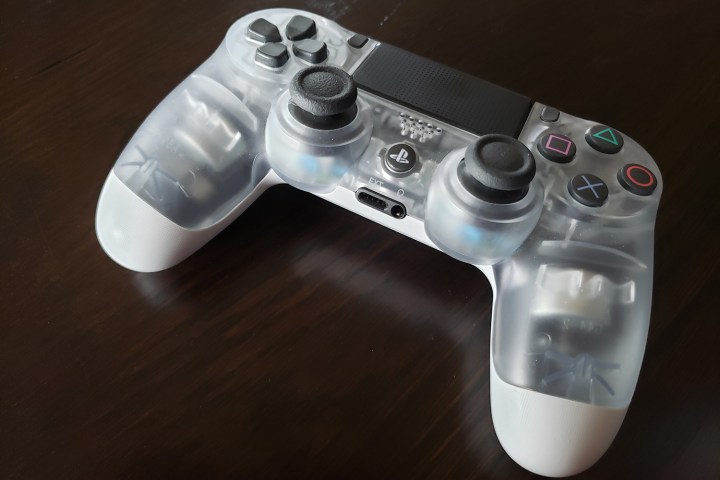
On PC, you can use any controller with enough work. For basics, any controller that uses XInput will automatically work. This is the layout that Xbox controllers use, and Windows supports it. You can connect everything from an Xbox 360 to Xbox Series X controller and it will work on PC, as well as a long list of third-party controllers. The 8BitDo SN30 Pro+, for example, looks and feels like a Super Nintendo controller, but it supports XInput and will automatically work on PC.
A step below that, you have Steam controller configurations. Controllers like the DualShock 4 and Nintendo Switch Pro Controller will work on PC, but their buttons need to be remapped so Windows will recognize them properly. Steam has a few profiles built-in — DualShock 4 and Pro Controller among them — that will handle this process automatically when you connect one of these controllers.
The main issue with this is non-Steam games, which is where controller support on PC gets messy. You have to use a third-party program like reWASD, which works with everything from the DualSense to the Google Stadia controller.

Of course, keyboard and mouse is an option, too. The PS5 supports keyboard and mouse, but only in a select few games. These are mostly online titles like Call of Duty: Warzone, Final Fantasy XIV, and The Elder Scrolls Online. You won’t be able to access any software features on these devices with the PS5, either.
Similar to a lot of areas in this PS5-versus-PC matchup, PC runs away thanks to much broader support. Any unique features, like the DualSense’s adaptive triggers, eventually make their way to PC (reWASD supports them, for example). However, the PS5 provides a smoother experience where you don’t need to resort to wikis and third-party software to get everything working.
Online services
Multiplayer is essential for the lion’s share of games, and Sony charges for multiplayer on PS5. In order to play most games online, you need a PlayStation Plus membership. It’ll run you $80 per year for the lowest tier, and $135 for Extra and $160 for Premium. You only need Essential to play online, but the other tiers come with additional perks.
There are some exceptions with PS Plus, though. Most free-to-play games, including Fortnite and Call of Duty: Warzone, don’t require a PS Plus subscription. Similarly, MMOs that have their own subscription model, like Final Fantasy XIV, don’t require a membership, either.

Online play is just one perk of PS Plus. A membership also entitles you to three games for free every month (two on PS4 and one on PS5), cloud saves, and exclusive discounts. There are also tiers that grant you access to a free catalog of games, making it a great way to test out dozens of games without dropping tons of cash. A PS Plus membership more than pays for itself, but the issue is that it’s required.
On PC, online play is free and platforms like Steam support cloud saves by default. You can also set up private servers for many multiplayer games. You can also set up your own private Terraria server, for example.
The important distinction between PC and PS5 is that you have to pay with PS5 while you can pay with PC. Core functionality like online play is free on PC, and you can get free games through subscription services like Xbox Game Pass and Humble Choice. PC is the winner here, but that’s hardly a surprise.
PS5 vs. PC: The verdict

With a PS5, you’re purchasing a viable gaming machine that will hold up for at least five years. As time goes on, your performance will likely slip. There are already examples of that, like Marvel’s Guardians of the Galaxy, which will drop into lower frame rates even in its performance mode.
With a PC, you’re getting a gaming machine you can upgrade at any time. Want to play Dying Light 2 with all of the visual bells and whistles? PC doesn’t make you choose as long you have powerful enough hardware. That hardware is expensive, but the option is there.
In 2024, we’d recommend most people seek out a PS5. It’ll save you a lot of money, and you’ll get an excellent gaming experience for years to come. If you don’t mind spending more upfront, though, PC is a much more flexible platform that allows you to upgrade over time.


